Nationality Italian Name Guarino Guarini | Role Architect | |
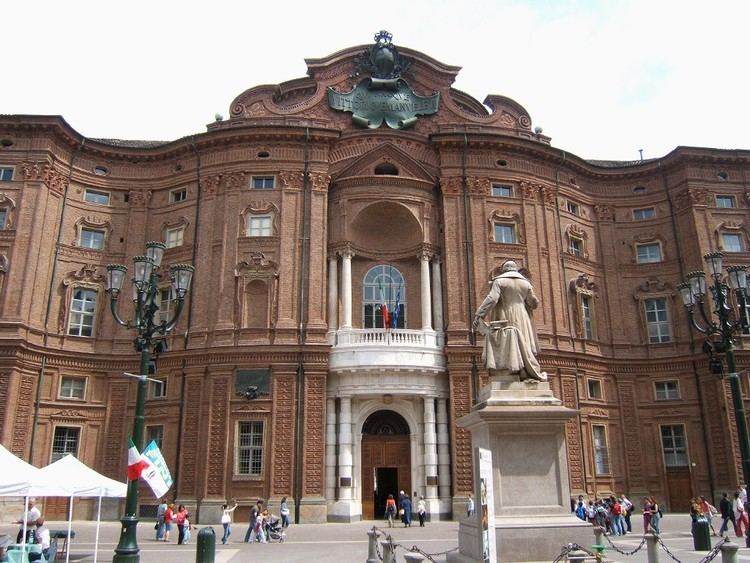 | ||
Born 7 January 1624Modena, Italy ( 1624-01-07 ) Structures Royal Church of San Lore, Chapel of the Holy Shroud, Palazzo Carignano, Royal Palace of Racconigi, Santa Maria della Divina Pr | ||
Guarino guarini prima parte
Camillo-Guarino Guarini (7 January 1624 – 6 March 1683) was an Italian architect of the Piedmontese Baroque, active in Turin as well as Sicily, France, and Portugal. He was a Theatine priest, mathematician, and writer.
Contents
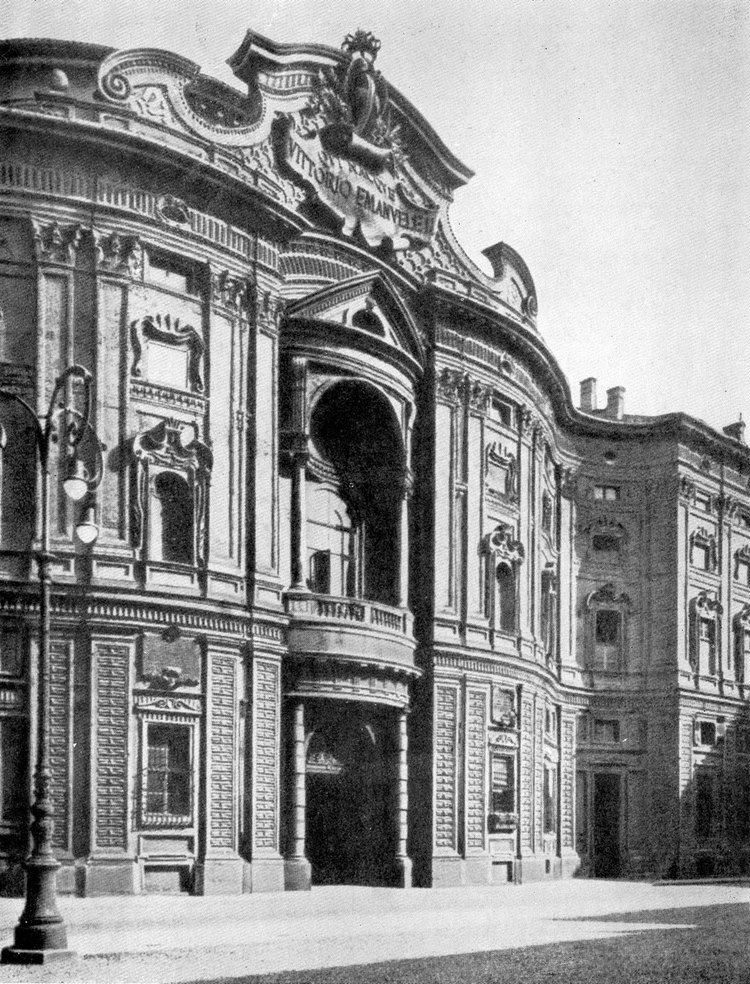
Guarino guarini seconda parte
Biography
Guarini was born in Modena. He was accepted as a Theatine novice in 1639, spent his novitiate at the monastery of San Silvestro al Quirinale in Rome, and returned to Modena in 1647, where he was ordained in 1648. He rose quickly in the Theatine hierarchy, becoming first auditor, then superintendent of works, treasurer, lecturer in philosophy, procuratore, and finally provost in 1654. Prince Alfonso supported another candidate and Guarini was soon replaced and had to leave Modena. The next few years are poorly documented. He became a member of the Theatine House of Parma in 1656 and apparently visited Prague and Lisbon before publishing his play La Pietà trionfante in Messina in 1660, where he was a lecturer in mathematics.
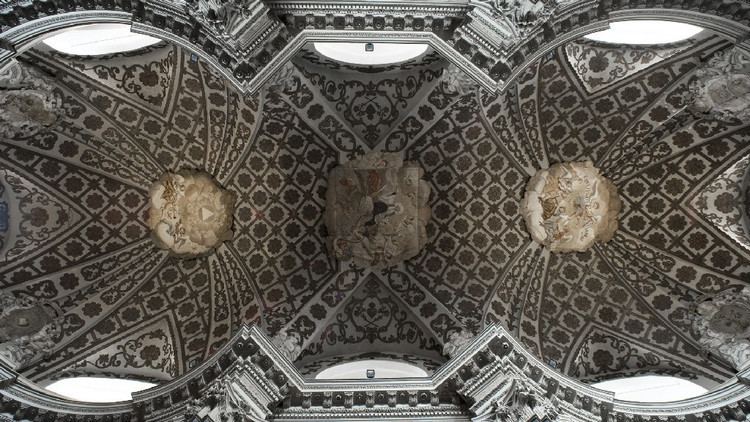
He wrote four mathematical books in both Latin and Italian, of which Euclides adauctus is a work on descriptive geometry. In 1665, he published a mathematical-philosophical tract Placita Philosophica defending the geocentric universe against Copernicus and Galileo.
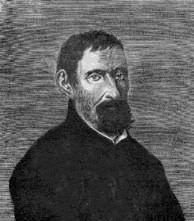
He designed a large number of public and private buildings in Turin, including the palaces of the Charles Emmanuel II, Duke of Savoy (as well as his sister (Louise Christine of Savoy), the Royal Church of San Lorenzo (1666–1680), most of the Chapel of the Holy Shroud (housing the Shroud of Turin; begun in 1668 by Amedeo di Castellamonte), the Palazzo Carignano (1679–85), the Castle of Racconigi and many other public and ecclesiastical buildings at Modena, Messina, Verona, Vienna, Prague, Lisbon, and Paris. The Palazzo Carignano is regarded as one of the finest urban palaces of the second half of the 17th century in Italy. Guarini appears to have been influenced by Borromini. Between 1657 and 1659 he stayed in Spain, where he studied Moorish buildings; this influenced the style of some of his buildings in Turin.
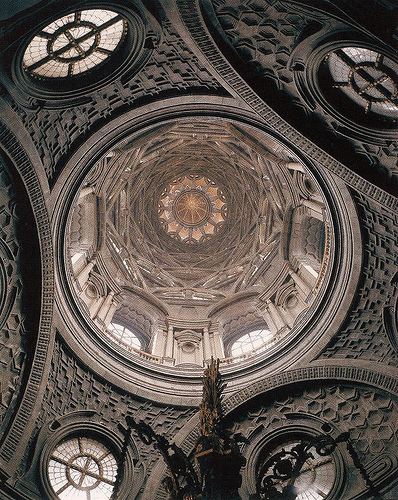
Guarini died in Milan. In architecture, his successors include Filippo Juvarra, and Juvarra's pupil Bernardo Vittone. The latter published his designs in Architettura Civile in 1737.
